Amadeus: An Aggregation Platform and IT Business That Will Grow Along with Airline Passenger Volumes
Member write-up by Philip Hutchinson
Amadeus is a large, Spanish-headquartered IT company serving customers in the travel industry, tied to the long-term growth of transactions in the global travel industry.
First, let’s talk a bit about what the company does. Although all of Amadeus’ activities relate to the travel industry, the company is in effect two completely separate businesses: the operation of a global distribution system (“GDS”) and the provision of software to companies in the travel industry – mainly airlines.
Amadeus was founded in the 1980s as a partnership between four European airlines: Air France, Iberia, Lufthansa and SAS. (At this stage, it was only the GDS side of the business – the software business came later.) A GDS is, essentially, an aggregation platform sitting between users of travel services – principally travel agents – and providers of travel services, such as airlines, hotels, train operators, and the like. So, it is a two-sided marketplace, aggregating both supply – the inventory of flights, hotel rooms and so on – and demand – travel agents and other travel intermediaries (for example, corporate self-booking platforms). The Amadeus GDS, like other GDSs, is a transaction-driven business model, principally earning fees when reservations are placed. Fees are also earned for services provided to travel agents.
Some years later, in the early 2000s, Amadeus launched what has become its IT business. This business is the provision of software to airlines to manage various aspects of their operations – from customer search and booking, through to ticketing, reservation, check-in, baggage, and weight management of the aircraft. Similar to the GDS, Amadeus operates a transaction driven business model, charging its airline customers fees on a per passenger boarded basis.
I mentioned that Amadeus was initially founded as a partnership between four European airlines. In 1999, the company was listed, only to be the subject of an LBO by Cinven and BC Partners (with three airlines – Air France, Iberia and Lufthansa – also taking stakes). The company was subsequently re-floated in 2010 following a successful period of private ownership and has remained public since then.
Given that Amadeus has two very distinct businesses, it makes sense to address these in turn.
First, though, I set out some financial information for the business from 2007 – 2017 which should give you some context as I discuss its principal operations. All figures (other than percentages) are in millions of Euros.
| 2007 | 2008 | 2009 | 2010 | 2011 | 2012 | 2013 | 2014 | 2015 | 2016 | 2017 | |
| Revenue | 2,578 | 2,505 | 2,461 | 2,593 | 2,759 | 2,910 | 3,104 | 3,418 | 3,912 | 4,473 | 4,853 |
| Gross profit | 1,908 | 1,878 | 1,869 | 1,940 | 2,081 | 2,163 | 2,300 | 2,538 | 2,868 | 3,323 | 3,562 |
| Operating profit | 468 | 467 | 549 | 312 | 831 | 833 | 888 | 956 | 1,053 | 1,212 | 1,323 |
| Pretax profit | 218 | 237 | 372 | 66 | 668 | 721 | 824 | 898 | 1,004 | 1,144 | 1,263 |
| Cash from operations | 890 | 785 | 836 | 700 | 980 | 991 | 1,023 | 1,087 | 1,273 | 1,493 | 1,557 |
| Interest | -197 | -416 | -140 | -134 | -168 | -165 | -57 | -58 | -53 | -65 | -23 |
| Capex | -183 |
